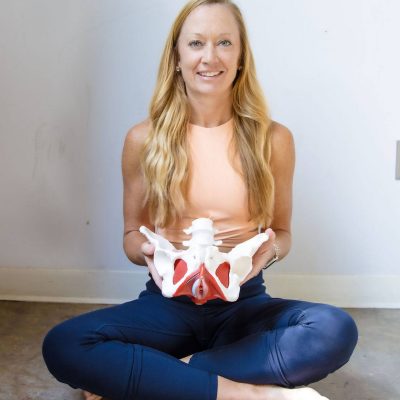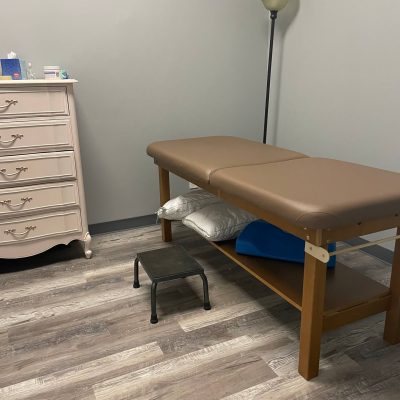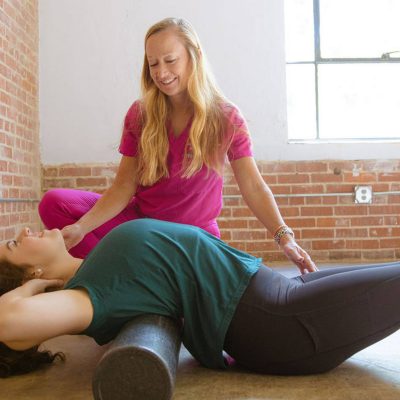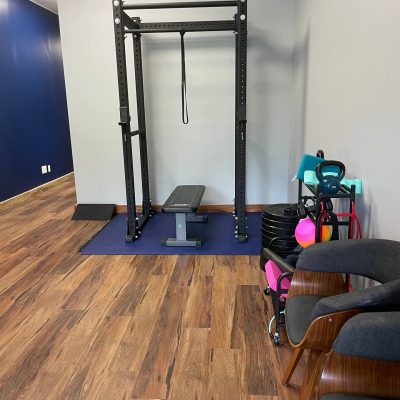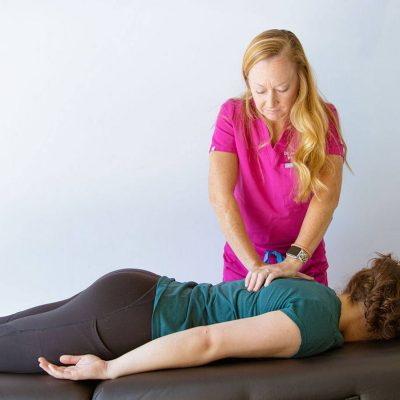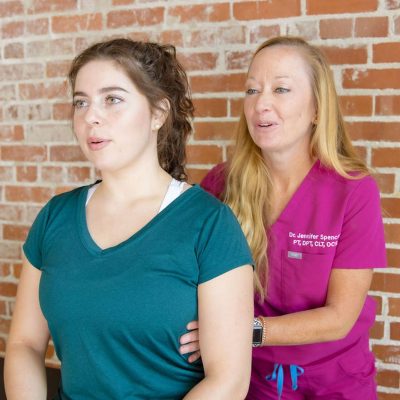As a pediatric pelvic floor physical therapist, I see firsthand how closely linked movement and gut health really are. One of the most common complaints we treat in the clinic is constipation. It might surprise you to learn that it’s not just a dietary issue—lack of movement plays a major role, too.
Constipation is one of the most frequent digestive problems in children, affecting up to 30% at any given time. And while it can be caused by a variety of factors, one thing we know for certain is that regular physical activity is a powerful tool in both preventing and managing constipation. But that’s not the only reason to encourage kids to move more. Let’s talk about how physical activity supports children’s overall health—especially their digestive health—and practical ways families can work movement into their daily lives.
Why Movement Matters for the Gut
Our digestive system thrives on regular movement. Just like physical activity helps get our hearts pumping and lungs working, it also stimulates the muscles in the abdomen and intestines. These muscles help move stool through the colon—a process known as peristalsis. When kids are inactive, their digestive systems can become sluggish, which leads to stool build-up, harder bowel movements, and eventually, constipation.
In therapy, we often use the phrase “motion is lotion” for the body—and that applies to the gut, too. Children who spend most of the day sitting—at school, in the car, and on screens—tend to have slower transit times, meaning their food moves more slowly through their intestines. This leads to more water being absorbed from the stool, making it hard and painful to pass.
More Than Just Bowel Health
Beyond digestive support, regular physical activity has numerous benefits for children’s physical, emotional, and cognitive development. It helps build strong muscles and bones, improves coordination and balance, supports healthy weight, boosts mood and sleep quality, and even sharpens focus and learning in the classroom.
When children feel better physically and emotionally, they’re more likely to engage in positive daily routines—like toileting, hydrating, and eating balanced meals—that also support healthy bowel function. Movement is one of the most accessible ways to help kids build a foundation for lifelong wellness.
What Counts as Physical Activity?
You don’t need a structured exercise program to get the benefits of movement. For children, physical activity should be fun, varied, and integrated into their daily routines. Here are some examples of kid-friendly movement that can help promote bowel motility:
- Active play: Running, jumping, dancing, climbing, and skipping are all natural and effective ways to stimulate core and abdominal muscles.
- Outdoor adventures: Hiking, biking, nature walks, or just playing tag in the backyard are great whole-body activities.
- Sports and games: Soccer, gymnastics, swimming, martial arts, or playground games can help build strength and coordination while keeping kids engaged.
- Family movement breaks: Simple family walks after dinner, movement-based video games, or short dance parties can break up long periods of sitting.
Aim for at least 60 minutes of moderate to vigorous physical activity daily, which can be broken into chunks throughout the day. Even 10-15 minute bursts of activity can help promote gut motility and improve mood and energy levels.
Tips for Families: Making Movement Part of Daily Life
Here are a few ways to help your child get more active to support their health and digestion:
- Model movement: Kids are more likely to be active when they see parents and caregivers being active, too. Make it a family affair.
- Schedule breaks: Set a timer during screen or homework time to get up and move for a few minutes every hour.
- Incorporate core strengthening: Core and diaphragmatic engagement is a key part of pelvic floor health. Activities like animal walks, obstacle courses, yoga poses, and even blowing bubbles or playing wind instrument toys can activate these muscles in a fun way.
- Minimize prolonged sitting: Encourage kids to change positions frequently and offer movement-friendly alternatives like sitting on a yoga ball or standing at a counter for homework.
- Celebrate small wins: Praise effort and consistency rather than performance. The goal is to help kids associate movement with feeling good, not with achieving perfection.
When to Seek Support
If your child is experiencing frequent constipation, abdominal pain, or toilet avoidance, it may be time to speak with a pediatric pelvic floor physical therapist. We assess movement patterns, posture, core and pelvic floor strength, toileting habits, and more to develop a personalized plan that supports healthy bowel function.
In many cases, small changes in activity level and routine can make a big difference. Physical therapy can empower both kids and caregivers with the tools and confidence to get things moving again—literally and figuratively.
Final Thoughts
Movement is essential to children’s development and wellness, and it plays an especially important role in supporting a healthy gut. By encouraging regular, joyful physical activity, we’re not only helping prevent constipation—we’re building habits that will serve children for a lifetime.
So let’s get moving! Your child’s belly (and body) will thank you.

